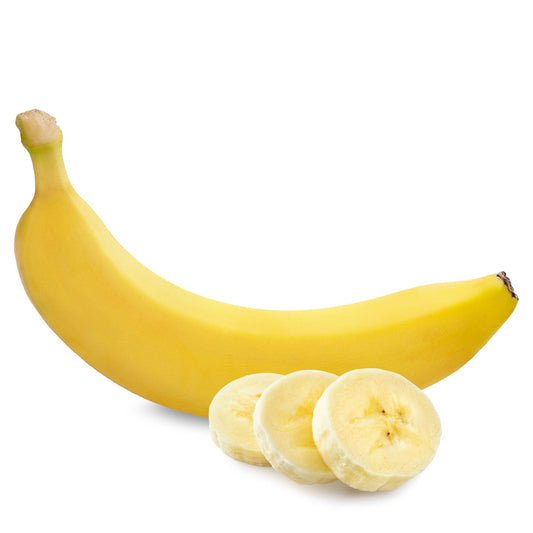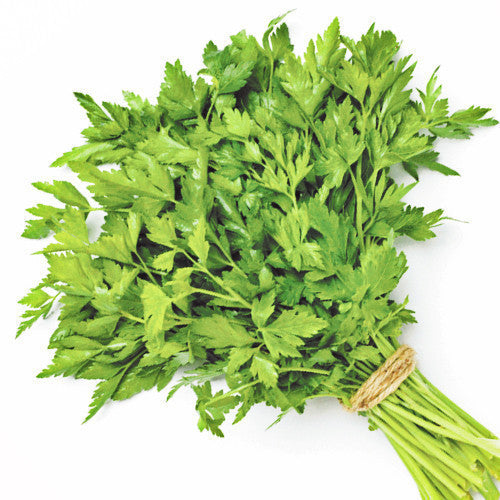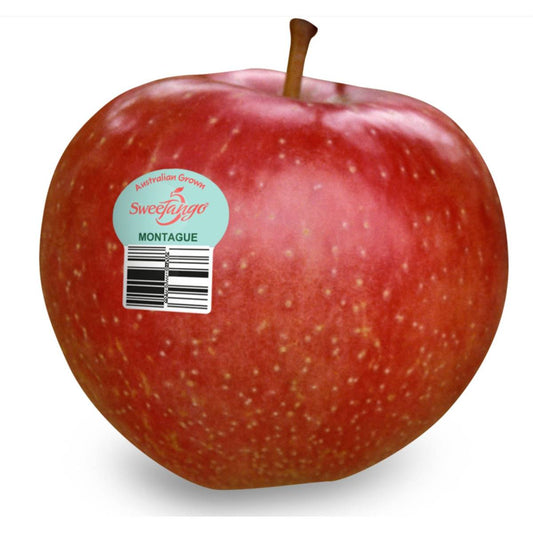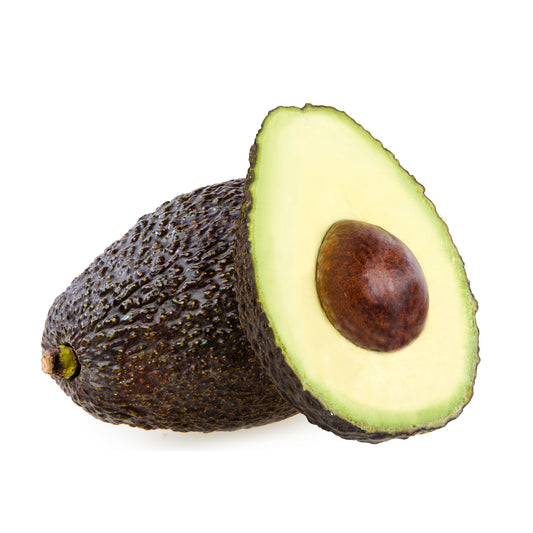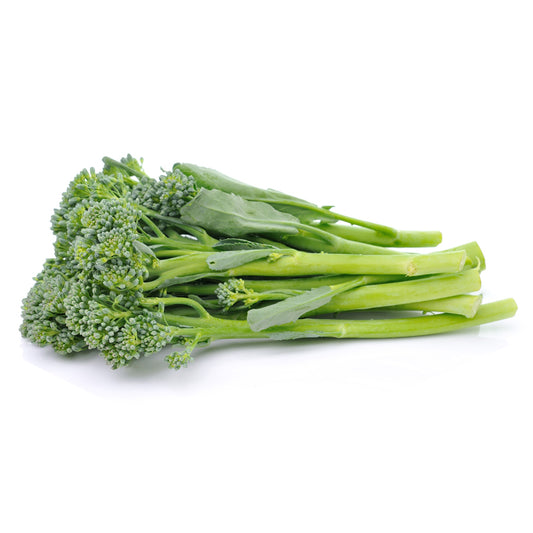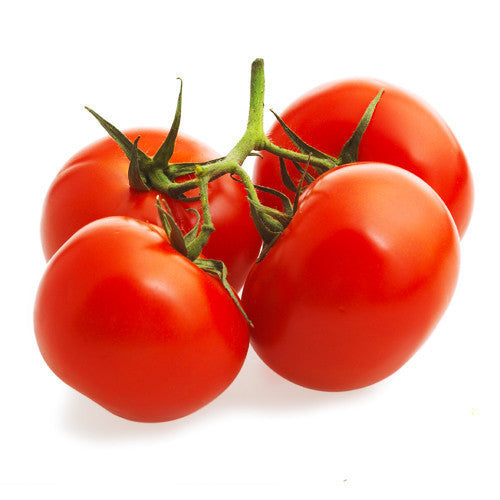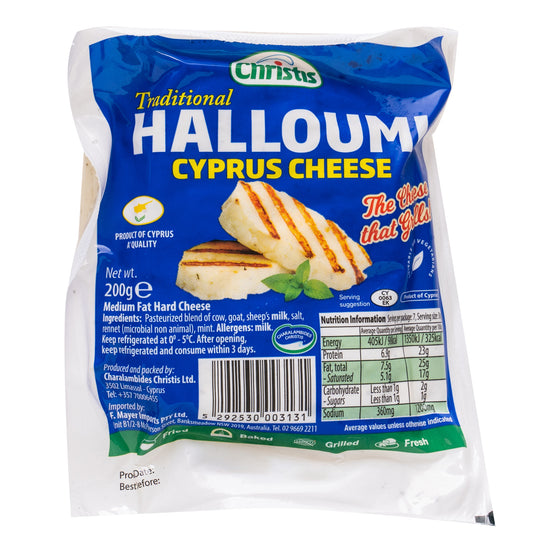Seder Plate and Persian Charoset


Pesach, also known as the Passover, is a Jewish festival, commemorating the miraculous liberation of the Jewish people from slavery in Egypt over 3000 years ago.
The festival commences with a Passover Seder or feast whereby, the seder plate consisting of six symbolic foods, in addition to wine, Matzo and a festive meal, facilitates the recounting of a 3000-year-old story.
Each family’s unique cultural heritage will shape and influence their seder plates and meal. Particularly, this Charoset recipe is based off my paternal grandmother’s recipe, celebrating the flavours of my Persian heritage.
Ingredients:
(Charoset)
- 160g raw unsalted pistachios + extra for garnish
- 160g raw unsalted walnuts + extra for garnish
- 250g (approx 2 large) ripe bananas, peel discarded, flesh chopped
- 150g (approx 1 large) pink lady apple, peeled, cored and chopped
- 450g medjool dates, pits removed
- 100mls unsweetened pomegranate juice
- 70mls sweet kosher wine
- 1/2 tsp ground cinnamon
- ¼ tsp flakey sea salt
(Seder Plate)
- X 1 serving of Persian Charoset
- 1 egg (however boiling some extra is a good idea in case the one doesn’t peel easily)
- 1 roasted or raw chicken bone
- 1 bunch flat leaf parlsey, washed and dried well
- 1 belgium endive or romaine lettuce
- 1 large stem of fresh white horseradish
Method:
Charoset (Fruit paste) - representing the clay used for the bricks and mortar used by the Israelites during their enslavement
- In a food processor, pulse the nuts together until course in texture.
- Next, place the remaining ingredients into the food processor and blitz until a textured paste forms.
Beitzah (Egg) - representing the circle of life.
- Bring a small pot of water to a rolling boil. Gently lower the eggs into the water. Boil for 7-8 minutes and remove from the heat. Immediately place the eggs into bowl of ice water and allow to cool. Peel the eggs and discard shell.
Zeroa (Bone) – representing the Passover lamb sacrifice offered on the eve of the exodus from Egypt.
- Take a small raw or roasted chicken bone and place on an open flame. Working with tongs, carefully scorch the bone all over until coloured and slightly charred.
Karpas (Vegetable, in this case parsley) – Karpas represents rebirth and new life, however on the night of the Seder we dip our Karpas into salt water to remind ourselves of the tears shed by the Israelites during their slavery.
- Remove the tough stems from the leaves.
Maror (Bitter herb, in this case horseradish) - Maror or bitter herbs reminds us of the bitterness of slavery experienced by our forbearers in Egypt.
- Remove each end of the horse radish root, peel and cut into thin battons.
Chazeret (Second bitter herb, in this case Endive also known as witlof) – Chazeret, being the second bitter component of the seder plate, further symbolizes that the Jewish people’s time in Egypt started softly and finished with hard, bitter labour.
- Remove the bottom end of the endive (this will help with separating the leaves), working gently, separate each endive leaf.
Seder Plate Assembly
- Place a small amount of the Charoset on your seder plate. Garnish with a small sprinkle of chopped pistachios and walnuts.
- Next, take the boiled egg and place onto seder plate.
- Place the chicken bone onto the seder plate, followed by the parsley, horseradish and endive.
Lainie Cadry is a registered nurse working in the sphere of Paediatrics. Her passion for health and wellbeing is also seen in her cooking where Lainie reimages the traditional recipes of her diverse Jewish cultural heritage with a fun, nourishing and soulful approach. At 20 years old, Lainie was the youngest to be published in the Monday Morning Cooking Club’s third cookbook, “It’s Always About the Food” and has since contributed to further cookbooks and publications. In 2017, Lainie launched her Instagram account “lainieskitchen” where her community of followers can find her recipes, tablespaces and entertaining ideas. Check out Lainie's Instagram here.
Ingredients for Seder Plate and Persian Charoset
-
Special
-
Special
Mulloon Creek Biodynamic Pasture Raised Extra Large Eggs x12 700g
Not available on click & collect.ea -
Special
-
Special
-
Special
HerMon Kosher Wine Mt Hermon Red Wine Golan Heights Winery 750ml
Not available on click & collect.eaSold out -
Special
Hermon Kosher Wine Mt Hermon White Wine Golan Heights Winery 750ml
Not available on click & collect.eaSold out






